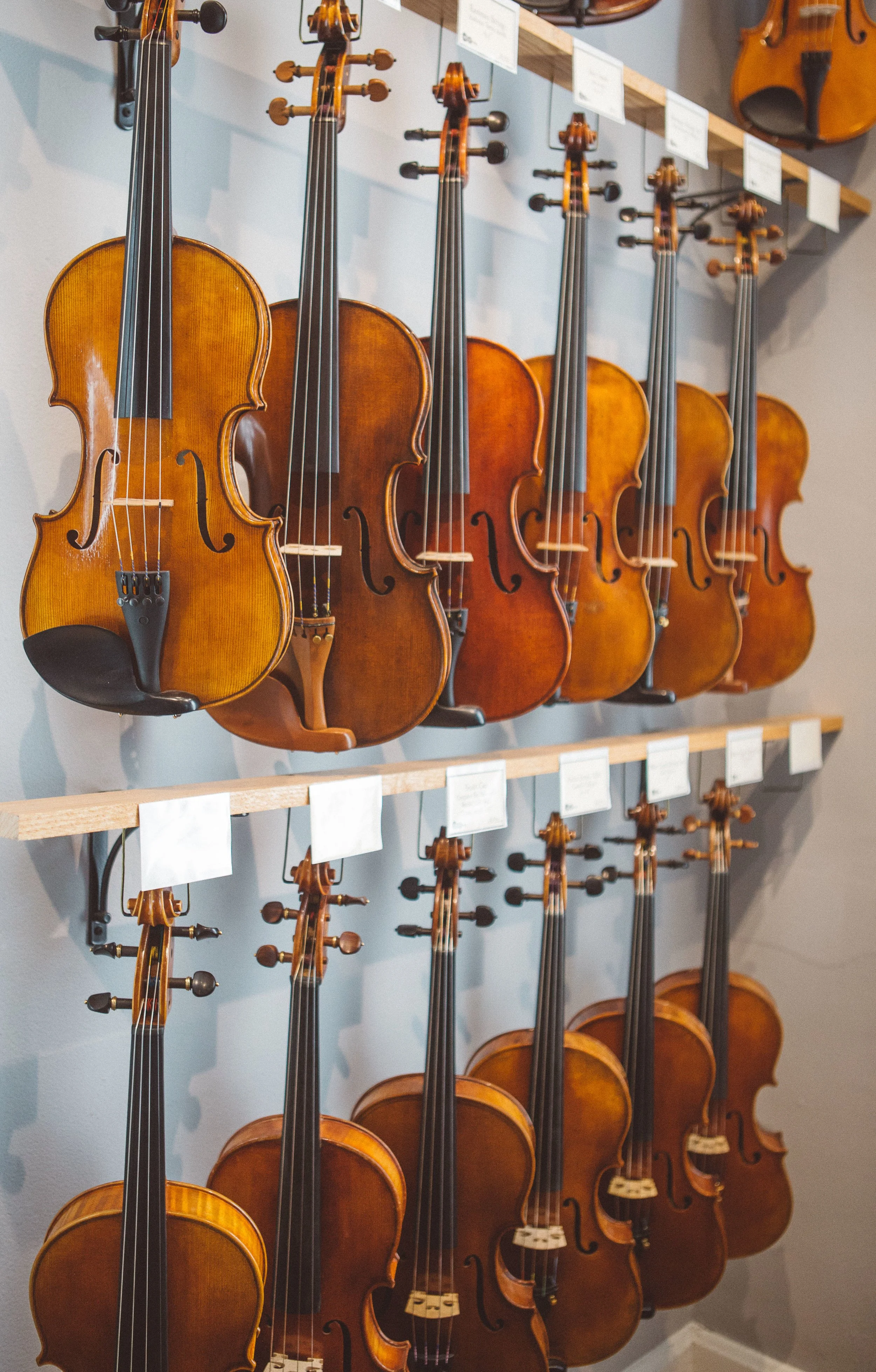How to play without chinrest in the Baroque style
There are many treatises and writings on the subject of the lateral position of the head on the violin and the use of a chinrest to support it. The following are a few examples:
➤ The Art of Playing the Violin by Carl Flesch (1873-1944): Flesch was a renowned violinist and teacher who wrote extensively on violin technique. In his book, he discusses the importance of finding the right chinrest and adjusting it to support the head in a comfortable and natural position, with the head held at a slight angle to the left.
➤ Violin Playing as I Teach It (1921) by Leopold Auer (1845-1930): Auer was another influential violinist and teacher and his book is a classic text on violin technique. He emphasizes the importance of finding the right chinrest and adjusting it to fit the individual player’s needs. Auer recommends that the chinrest be placed on the left side of the tailpiece, with the player’s ‘chinresting’ on the top of the rest. He notes that the head should be held in a relaxed and natural position, with the chin and neck supported by the chinrest and the collarbone. Auer’s discussion of the chinrest and its role in achieving a comfortable and stable position on the violin is a valuable contribution to the field of violin pedagogy, and his book remains an important resource for violinists seeking to improve their technique and achieve a more natural and effective playing position.
➤ The Violin and Its Technique (1965) by Geoffrey Morris: Morris is a violinist and teacher who has written extensively on violin technique. In his book, he discusses the importance of the lateral position of the head on the violin and how to use a chinrest to support it. He provides several tips on how to adjust the chinrest to fit the individual player’s neck and chin. These include:
Select the right size and shape: Morris notes that chinrests come in a variety of sizes and shapes, and that it is important to choose one that is the right size and shape for the individual player’s neck and chin.
Adjust the height: Morris recommends adjusting the height of the chinrest so that the player’s chinrests comfortably on the top of the rest. This can be accomplished by loosening the screws that hold the rest in place and sliding it up or down as needed.
Adjust the angle: Morris notes that the angle of the chinrest can also be adjusted to fit the individual player’s neck and chin. This can be done by loosening the screws that hold the rest in place and tilting it slightly forward or backward as needed.
Use padding or cushions: Morris suggests using pads or cushions to make the chinrest more comfortable and to provide additional support for the chin and neck.
Experiment: Morris encourages players to experiment with different chinrests and adjustments to find the optimal position for their individual needs. He notes that it may take some time and trial and error to find the right combination of chinrest and adjustments, but that it is worth the effort to achieve a comfortable and effective playing position.
➤ The Principles of Violin Playing and Teaching (1962) by Ivan Galamian (1903-2001): Galamian was a legendary violin teacher who trained many of the world’s greatest violinists. His book is a comprehensive guide to violin technique, and he discusses the use of a chinrest to support the head in a comfortable and natural position. Galamian also discusses the role of the shoulder rest in achieving proper posture and positioning on the violin, noting that it can be helpful for players with longer necks or smaller chins. However, he emphasizes that the shoulder rest should not be used as a substitute for proper placement and adjustment of the chinrest.
➤ The Violin: A Complete Guide for Players and Teachers (1976) by Yehudi Menuhin (1916-1999): Menuhin was one of the greatest violinists of the 20th century, and he had a unique approach to using a chinrest to support the head in a comfortable and natural position. He believed that the position of the violin on the shoulder should be as natural as possible, without undue tension or strain. He argued that the chinrest should be used only as a support for the head, not as a means of clamping the violin. He advocated a lateral chinrest positioned to the left of the tailpiece rather than in the center. This allows the head to be turned slightly to the left, which Menuhin felt was a more natural and relaxed position. Menuhin also emphasized the importance of individual adjustment and felt that each player should experiment with different chinrest positions and designs to find the one that works best for them. He believed that the chinrest should be positioned to support the head without putting pressure on the jaw or neck, since this was essential for good tone production and overall musical expression on the violin.
How to play without a chinrest in the baroque style
During the Baroque period, which lasted from the early 17th century to the mid-18th century, chinrests were not used. Instead, violinists of the time often positioned their heads on the right side of the tailpiece or on the edge of the lower bout of the instrument.
➤ One of the most important treatises of the Baroque era is Il scolaro della musica by Francesco Geminiani, first published in 1739. In this treatise, Geminiani provides detailed instructions on violin technique and performance, including the proper way to hold and position the instrument.
Geminiani recommends holding the violin with the left hand, supported by the collarbone, with the chin resting on the right side of the tailpiece. He emphasizes the importance of a relaxed and natural posture, with the head and neck held in a comfortable position that allows for good control and expression on the instrument.
However, Geminiani does not mention the use of a chinrest in his treatise, as this was a relatively new invention at the time. Instead, he focuses on the importance of proper posture and relaxation, which are still important principles in modern violin technique.
➤ Leopold Mozart, father of Wolfgang Amadeus Mozart, was a composer and violinist who lived in the 18th century. In his book A Treatise on the Fundamental Principles of Violin Playing, published in 1756, he discusses the proper way to hold the violin and position the head on the instrument.
Since the use of a chinrest was not common at the time, it is not mentioned in his treatise. Instead, Leopold Mozart recommends holding the violin with the left hand, supported by the collarbone, while the right hand holds the bow. He advises the player to hold the violin at a slight angle, with the left shoulder slightly lower than the right, and the chin resting on the tailpiece of the instrument.
Leopold Mozart also stresses the importance of maintaining a relaxed and natural posture while playing, without unnecessary tension in the muscles of the head, neck or shoulders. He encourages the player to find a comfortable and stable position that allows for good control and expression on the instrument.
While Leopold Mozart’s treatise does not specifically address the use of a chinrest, his teachings on proper posture and relaxation are still relevant to modern violin technique.
These are just a few examples of the many treatises and writings on the subject of the lateral position of the head on the violin and the use of a chinrest.
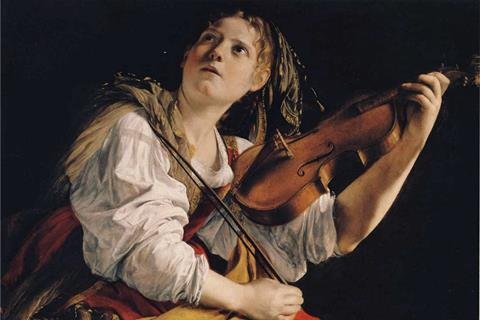
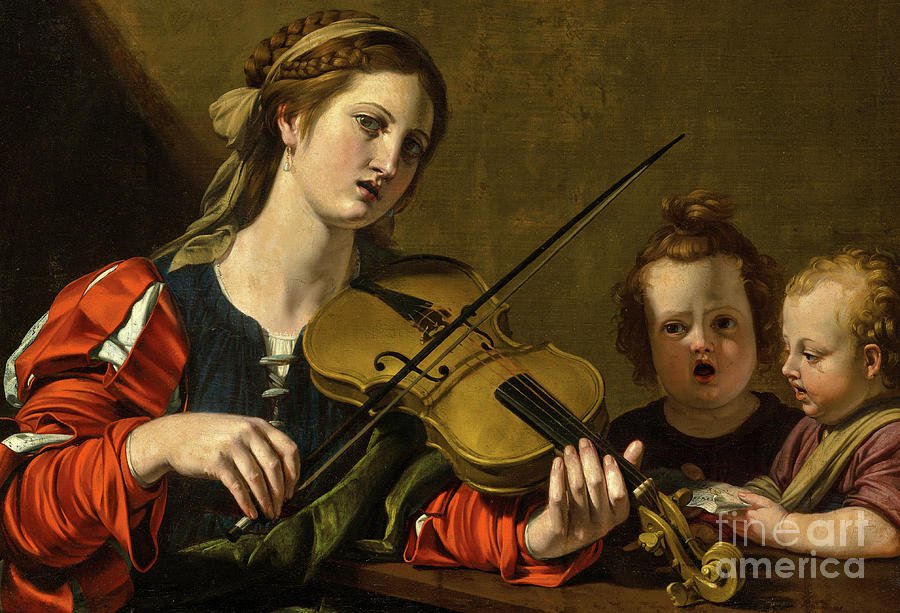
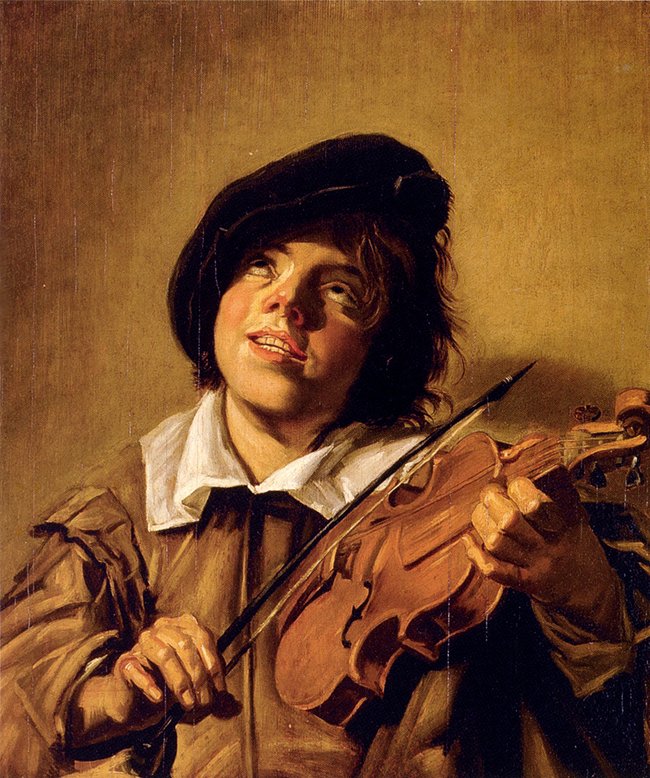

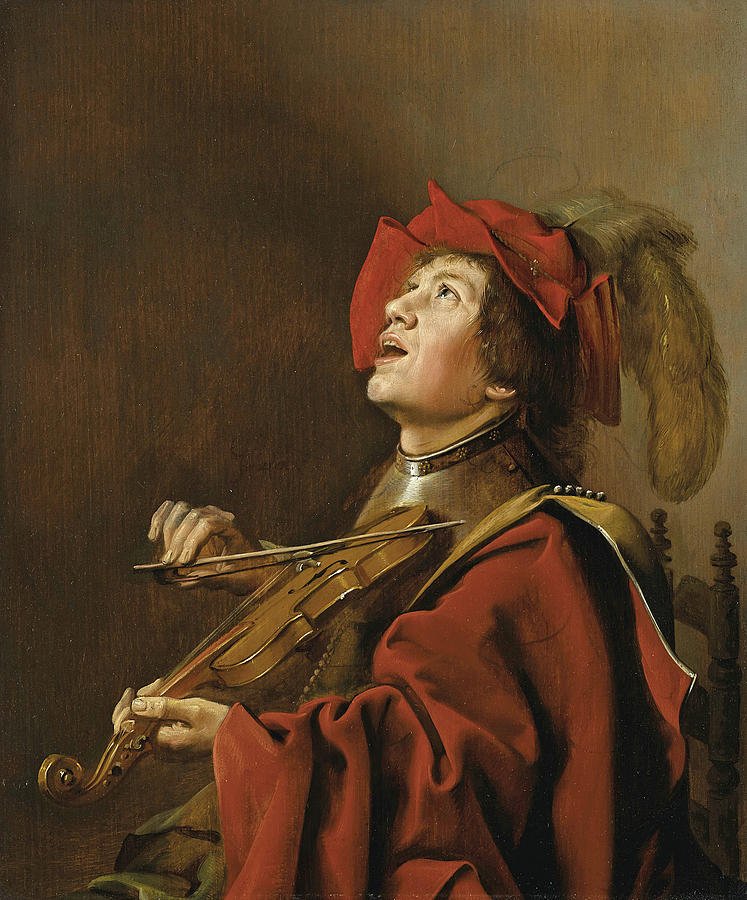
With or without chinrest
While it’s possible to play the violin without a chinrest, it can be difficult to maintain proper technique and avoid discomfort. However, if you choose to play without a chinrest, there are a few tips you can follow to hold the violin without resting your head on the tailpiece:
➤ Hold the violin with your left hand: instead of relying on your chin to hold the violin in place, use your left hand to hold the instrument steady. Keep your left hand steady and use your fingers to control the pitch and tone of the notes.
➤ Rest the violin on your collarbone: position the violin on your collarbone and use your shoulder and chest muscles to hold it in place. This can help reduce strain on your neck and prevent discomfort.
➤ Use a cloth or pad: to avoid scratching or damaging to the violin, use a soft cloth or pad to cushion the instrument and prevent it from slipping.
➤ Adjust your posture: without a chinrest, it’s important to maintain good posture to avoid discomfort and prevent injury. Keep your shoulders relaxed and your spine straight to support the weight of the violin.
Frequently asked questions
-
A chinrest is a wooden or plastic accessory that attaches to the left side of the violin, providing a comfortable and secure place for a violinist’s chin to rest while playing.
-
A shoulder rest is a padded accessory that attaches to the bottom of the violin, providing support and cushioning for a violinist’s shoulder and neck while playing.
-
While a chinrest is not necessary for playing the violin, it can make the instrument much more comfortable to play by providing a secure place for your chin to rest while holding the violin.
-
Again, while a shoulder rest is not necessary, it can make playing the violin much more comfortable by providing support and cushioning for your shoulder and neck.
-
It is possible to play the violin without a chinrest or shoulder rest, but it can be uncomfortable and even painful over time, especially if you play for extended periods. It is recommended to use some form of support for your chin and shoulder.
-
Yes, some violinists prefer to play without a shoulder rest but still use a chinrest for comfort and stability.
-
While it is less common, some violinists do play without a chinrest but with a shoulder rest for support and cushioning.
-
Some violinists prefer to play without a shoulder rest as it can allow for greater freedom of movement and can improve posture and technique.
-
Playing without a chinrest can allow for more natural movement of the jaw and neck, which can improve sound and tone on the instrument.
-
It ultimately comes down to personal comfort and preference. If you find that playing the violin is uncomfortable or causes pain, experimenting with different types of chinrests and shoulder rests or playing without them altogether can help you find what works best for you.
““During the Baroque period, which lasted from the early 17th century to the mid-18th century, chinrests were not yet in common use. Instead, violinists of the time often positioned their heads on the right side of the tailpiece or on the edge of the lower bout of the instrument.” ”

























